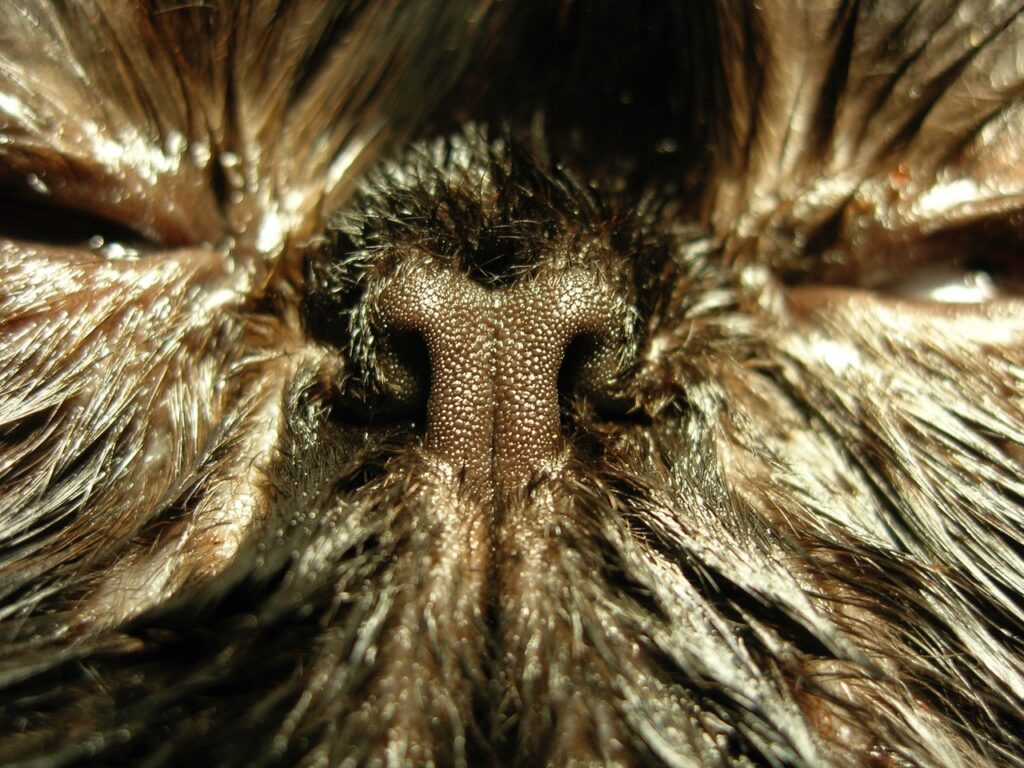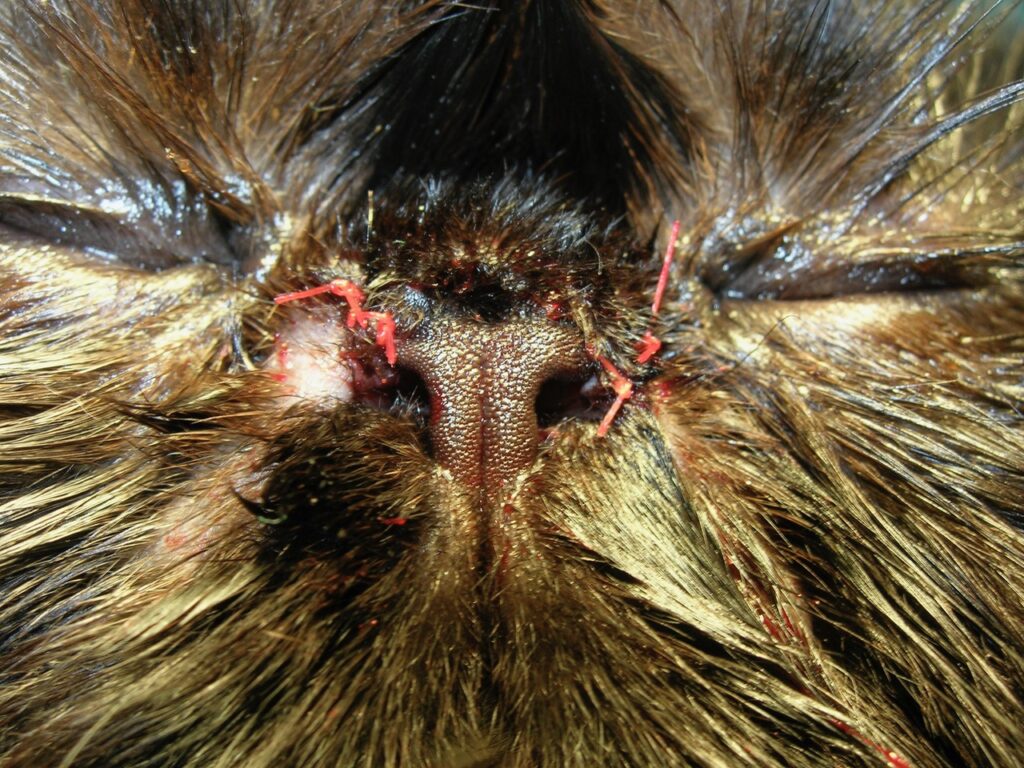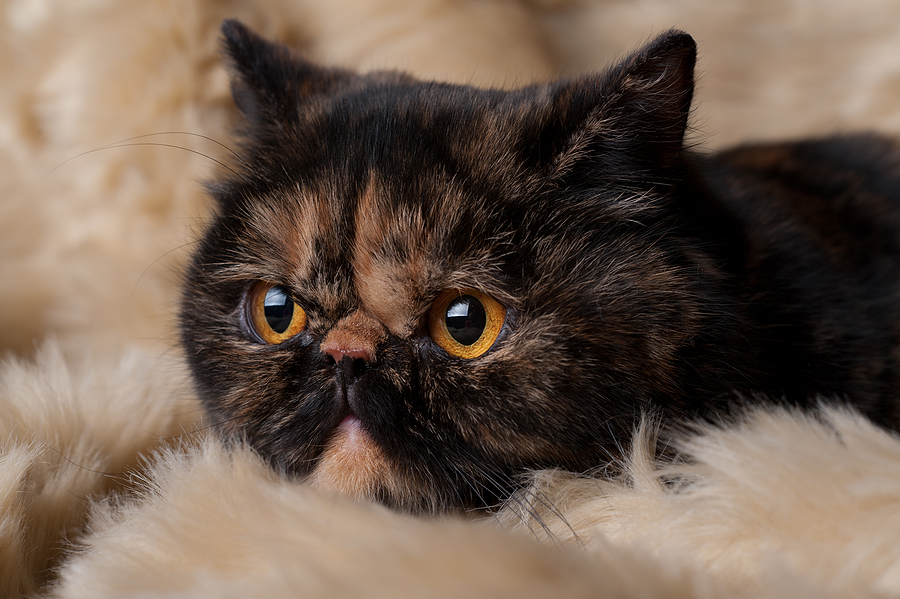A “nose job” or a “boob job” and “tummy tuck” for your cat?
Yes! But not for cosmetic reasons to get her thousands of Instagram followers. Such reconstructive surgeries in pets are done strictly for medical reasons to improve quality of life.
Take 2-year-old Pandora, a beautiful Persian kitty who was snoring a lot. At first, her owner just thought the cat was in a deep relaxed sleep and that the little snores indicated she was in dreamland. Then she started noticing that Pandora’s tongue was peeking out and she was breathing through her mouth. A consultation with the cat’s veterinarian revealed that Pandora was struggling to breathe normally and that both the snoring and open-mouth breathing were typical signs of breathing difficulty. Pandora was referred to a veterinary surgeon for reconstructive surgery to open her nasal passages.
“The medical term for this condition is stenotic nares, meaning that the nostrils are too narrow or small to allow the cat to breathe easily through its nose,” says Catriona MacPhail, DVM, PhD, Diplomate ACVS Professor, Department of Small Animal General Surgery at Colorado State University in Fort Collins.
Smushed-Face Kitties
The problem is common in brachycephalic (flat-faced) breeds such as Persians, Himalayans, Angoras, and British Shorthairs with this anatomical feature that’s sometimes referred to as a “smushed face.”
Brachycephalic cats can be respiratorily challenged on a number of levels and, as MacPhail points out, the nose itself is often just the tip of the iceberg. In many cases, the cat may have an elongated soft palate at the back of the throat that makes air passages narrower, or she may have a smaller trachea. X-rays, an endoscopic evaluation of the airways, and even a CT scan will allow a veterinary surgeon to make a proper evaluation.
“For cats, it can be hard to tell if stenotic nares are actually causing a problem,” says MacPhail. “But if a cat tends to open its mouth to breathe or makes a stertorous noise while breathing through the nose, this is often likely the issue. Your veterinarian may use a glass slide or a piece of cotton ball held up to the cat’s nose to see how much air is coming through, if at all,” she adds.

Apart from the noisy or open-mouth breathing and snoring, other signs that could denote serious breathing difficulties include frequent panting, difficulty eating or swallowing, coughing and gagging and inability or reluctance to perform physical activity.
The Nose Job — Alar Fold Resection
The “nose job” surgery to repair stenotic nares is called an Alar Fold Resection.

“The surgical procedure is relatively simple and involves cutting a wedge of tissue on the outside of the nostril out (the alar fold) and then suturing that tissue back together, making the nostril more open. It is typically only one or two absorbable sutures that will fall out in a couple of weeks. An alternative technique is to simply cut away that tissue to make the nostril more open, but it is argued that this may be less cosmetic,” says MacPhail.
A Boob Job and a Tummy Tuck
Removal of mammary tissue in cats is most often performed because of cancer. Their best chance at improved survival is to remove all mammary tissue on both sides (bilateral radical mastectomy).
“This is best performed in stages,” says MacPhail. “If it’s done all at once, recovery can be more difficult for the cat and there is more potential for incisional complications.”
Fighting Breast Cancer in Cats
Recent research by an animal advocate organization called Marian’s Dream that spearheads an initiative called Feline Fix by Five has shown that it is best to spay and neuter cats by the time they are five months old. This initiative has the support of feline organizations such as the American Association of Feline Practitioners, the Association of Shelter Veterinarians, the Cat Fanciers’ Association, The International Cat Association, and The American Animal Hospital Association.
“Leaving it later not only means that a single cat can produce numerous litters,” says Esther Mechler, founder of Marian’s Dream. “But the importance of appropriate timing of feline spays and/or neuters cannot be overstated, as this procedure can be critical in lessening the risks of significant morbidities in later life stages for individual cats, including the risk of malignant mammary tumors.”
Liposuction for Your Portly Feline?
No! In the veterinary world, liposuction is not a “quick fix” for extreme obesity, which sadly is on the rise among cats.
“As with people, diet and exercise are key,” says MacPhail.
Consult your veterinarian to explore underlying health conditions and other reasons that may contribute to weight gain or an inability to lose weight. Your veterinarian can also help determine your cat’s ideal weight and calculate how much food your cat should be eating daily.
Eye Lifts
In some pets, if their eyelids roll forward, their eyelashes can rub against the eye, causing discomfort and irritation.
“It’s typically a dog issue, but can also occur in cats,” says MacPhail. “A crescent-shaped piece of tissue is removed allowing the eyelid to roll back out.”
The Tail End
The tail is a very important part of a cat’s anatomy. Apart from aiding balance, tails allow cats to communicate that they are scared, nervous, upset, or happy. Unfortunately, accidents happen, and a tail can get caught and damaged if, for example, it’s caught in a closing door.
Surgical fixes depend on the location of the injury. If it’s near the tail tip, a small section can be removed at the injury site, allowing the cat to keep most of the tail. Injuries closer to the tail base may involve nerve damage. This is referred to as a tail-pull injury.
“The tail is limp and may not have any sensation. In severe cases, there can be injury to the nerves of the bowel and bladder, leading to incontinence,” says MacPhail. “In these cases, the cat is often just given time to recover (weeks to months), or definitive repair of the fracture at the tail base may be attempted. However, the tail may ultimately need to be amputated if recovery is limited and sensation doesn’t return, and the cat continues to soil itself.”
State-Of-The-Art Equipment and Costs
Veterinary surgeons who perform reconstructive surgeries have access to the same state-of-the-art equipment as surgeons performing complex human surgeries. Costs of such intricate veterinary surgeries can vary greatly. MacPhail estimates that in a university veterinary hospital setting, procedures could range from $3,000 to $5,000 and those numbers could double at a private veterinary specialty hospital.
However, because the surgeries outlined in the article are deemed to promote a better quality of life, pet parents may have access to financial help and loans from organizations such as Waggle, the pet-designated crowdfunding platform; The Pet Fund, a nonprofit organization that provides financial assistance to people whose pets require non-basic, non-urgent care treatments. Scratch Financial Inc. (also known as Scratchpay) offers loans to pet parents up to $10,000 with a choice of three payment plans, including an interest-free (not a deferred interest) option. It’s also worth a discussion with your veterinary insurance provider to see what is covered.
This article was reviewed/edited by board-certified veterinary behaviorist Dr. Kenneth Martin and/or veterinary technician specialist in behavior Debbie Martin, LVT.








